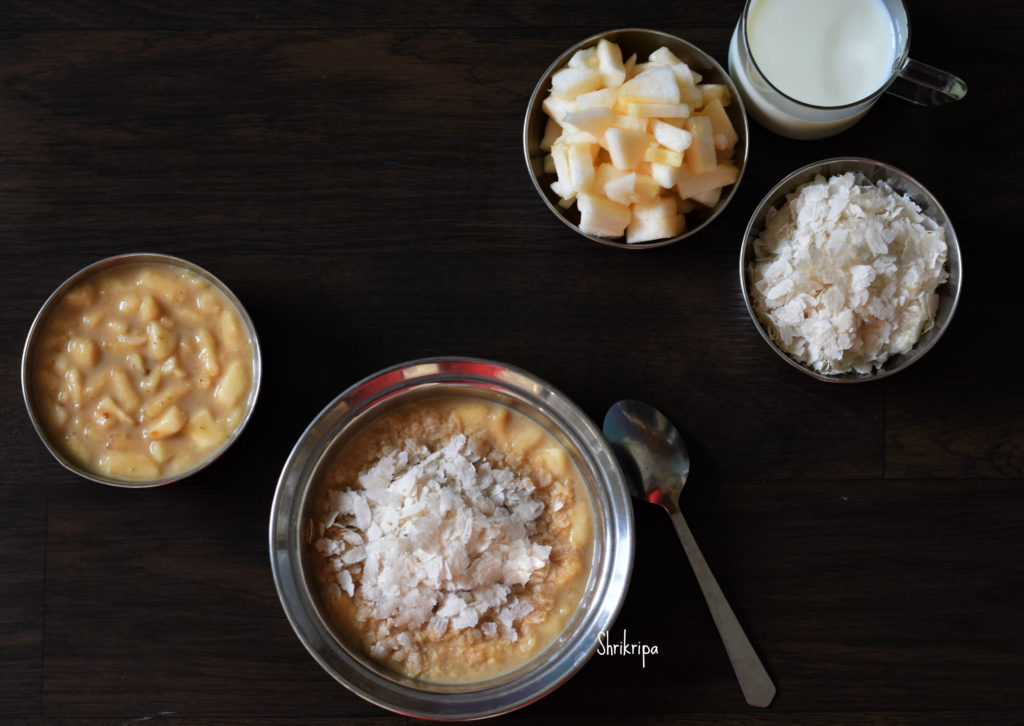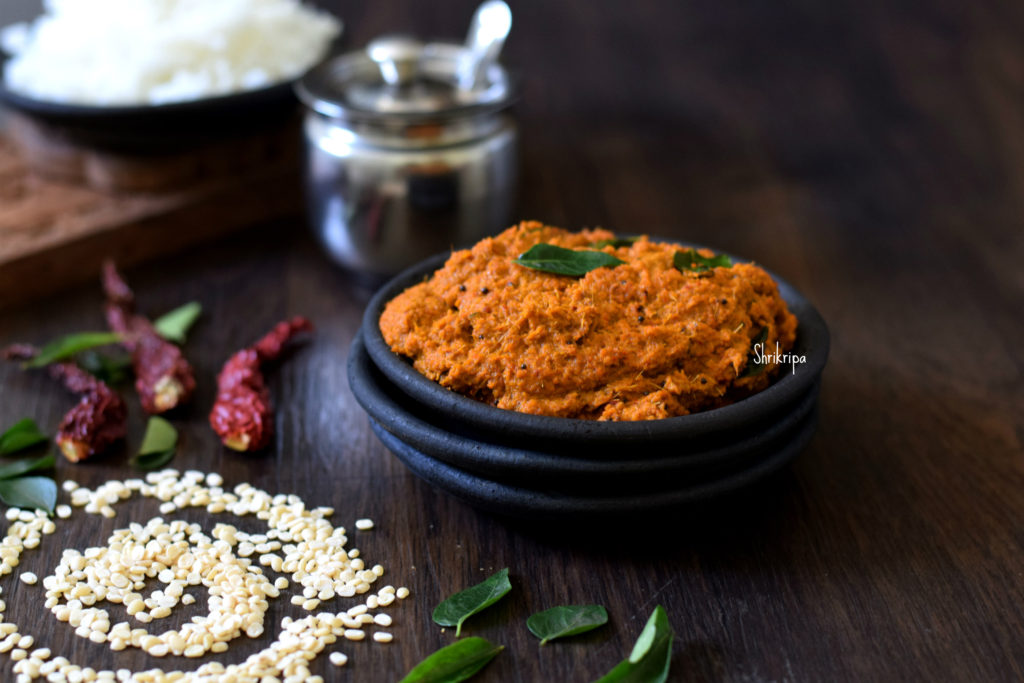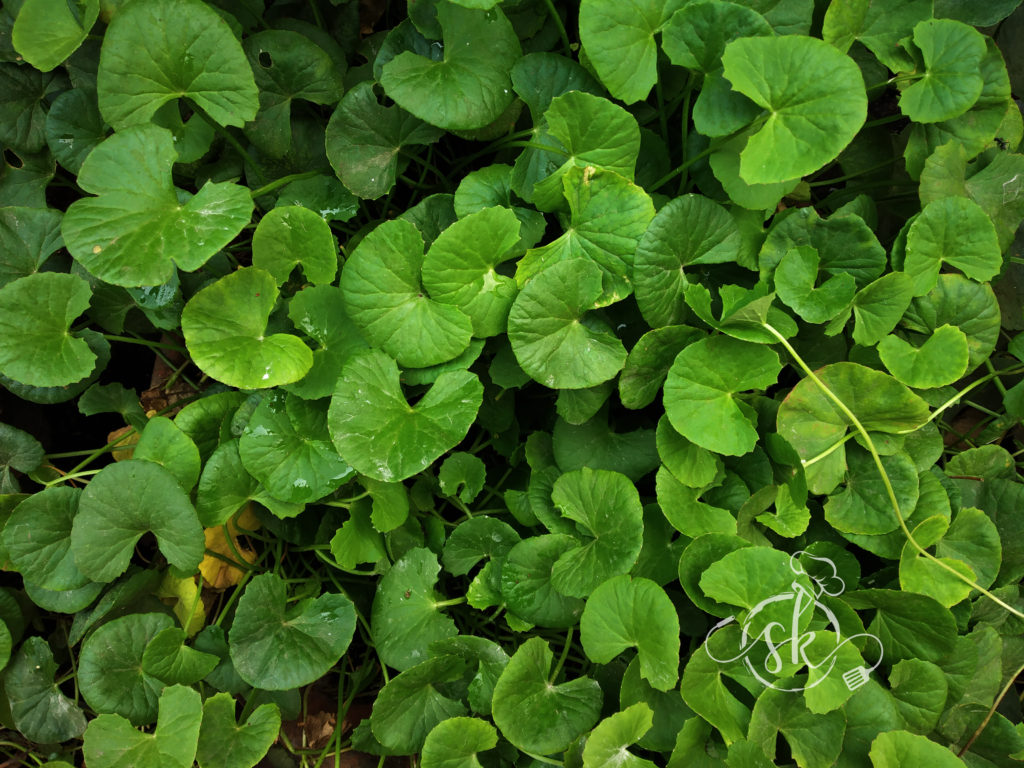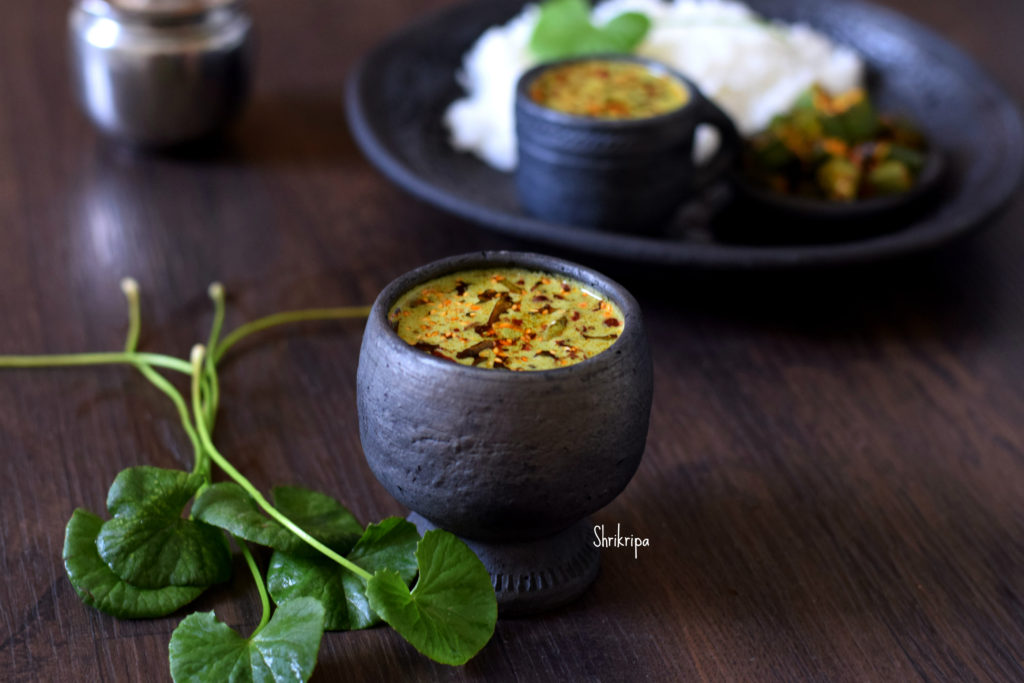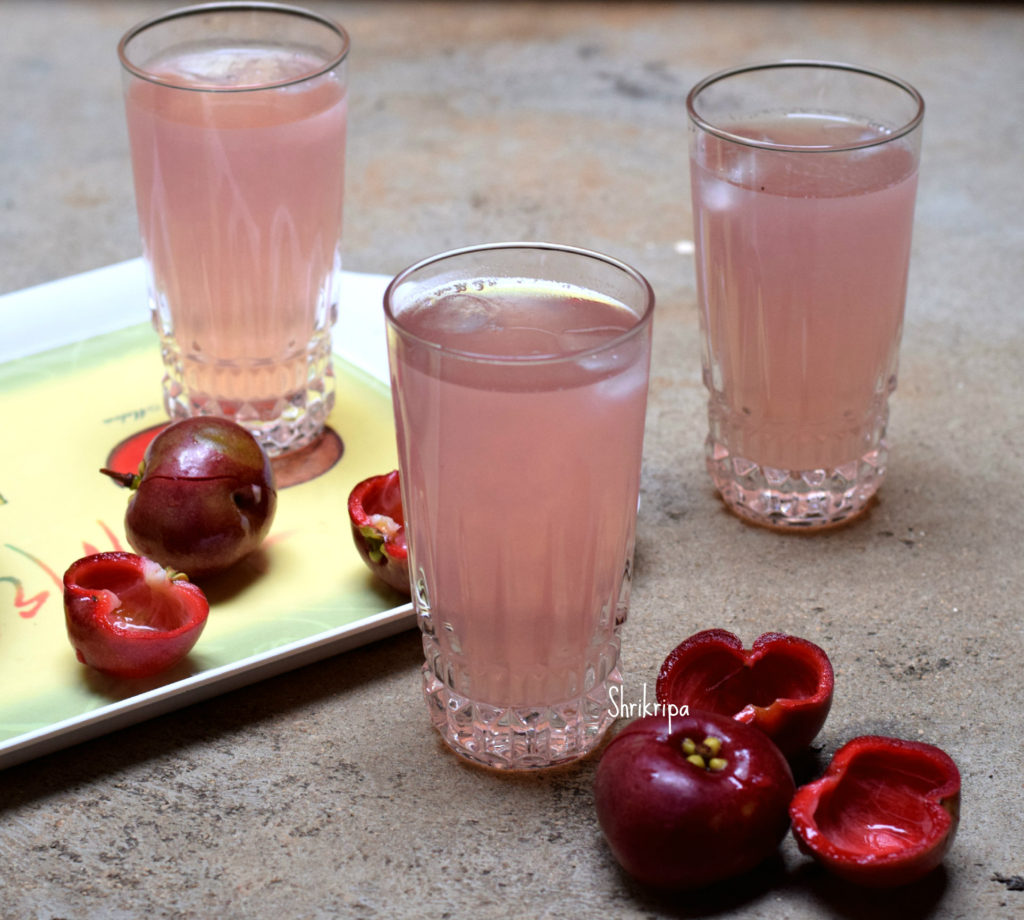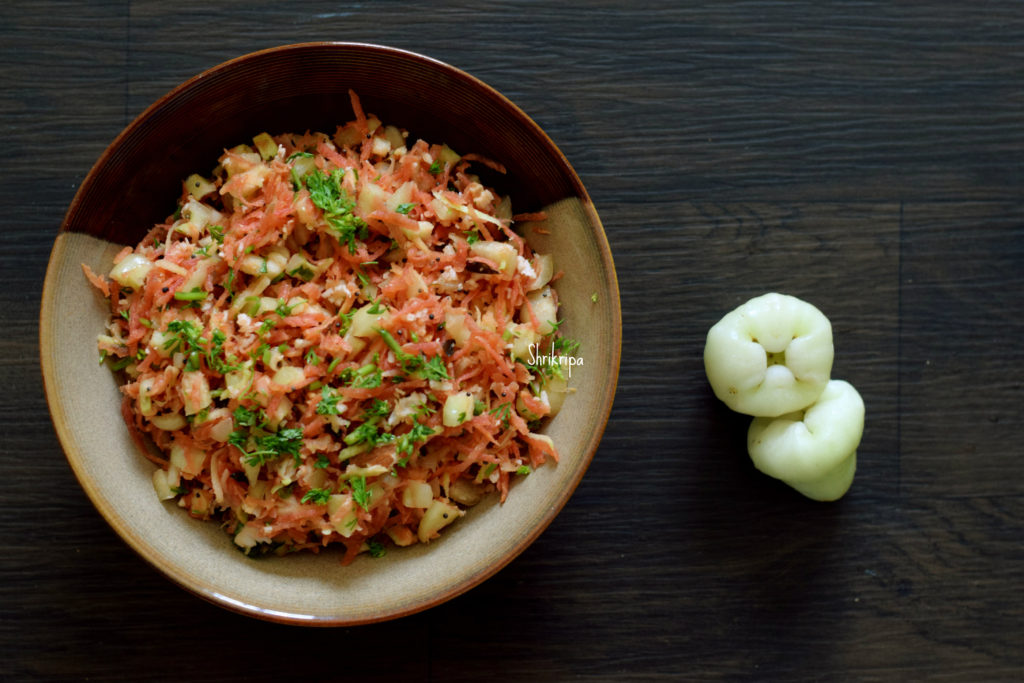In our native, jackfruit cutting is a family affair. Amma used to sit on the ‘ mettu katthi” which is a special type of sickle attached to the raised wooden plank. She used to chop the fruit, and we all used to sit in front of her and do the odd job, like removal of jack bulbs, cut open the bulb and the separation of the seeds. Every seed used to be collected, washed, and preserved it for the future use. In off season/ monsoon it used to be the main source of protein in our traditional cooking. I have shared couple of jackfruit seed recipes with Bamboo shoot as well as with coloured cucumber. I even preserve jack seed in a frozen form and procedure is already shared in my blog as well.
In our region, people have been using jackfruit seeds in their traditional cooking for ages. We are accustomed to its taste as well as love it in any form. This time, I tried my hand at making Hummus, as my family hates the usual hummus made of chickpeas, which is popular in Middle east and Mediterranean cuisine. Usually it is made from cooked, blended chickpeas with tahini, olive oil and some basic seasoning.
It turned out to be super delicious and we enjoyed it as a dip with some steamed vegetables as well as with pita bread pocket. Highly recommend if you don’t like the usual chickpea hummus.
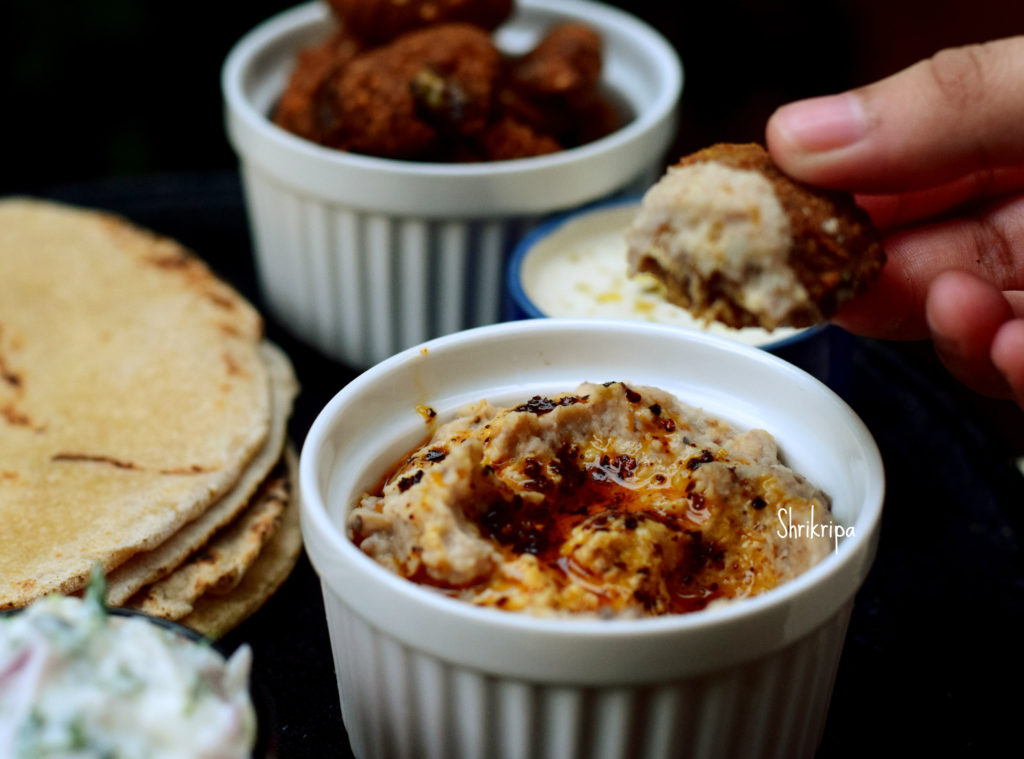
Now we will see how I made this –
Ingredients:
Ingredients:
Jackfruit seeds – 10 to 15
Garlic – 6 to 8
White Sesame seeds – 1 tablespoon
Salt
Lemon juice – as needed.
Cold chilled water – to grind ( helps to achieve creamy texture)
Olive oil –1 to 3 tablespoons
Chilli flakes – 1 tsp
Method:
-I prefer crushing the seed at the beginning. Take a thick kitchen towel, keep the seeds and crush. ( it gives the grip. otherwise, seeds flip while crushing)

-Wash those seeds a couple of times to remove all those white traces, which oozes out from the seed.
-Put all this in a cooker, after 3 whistles, switch off the gas.
-Dry roast sesame seeds and keep it ready.
-In the meantime , slice garlic cloves , heat little oil, fry this into a golden brown and keep aside.
-When jack seed cools down , take a mixer jar or food processor, powder roasted sesame seed first. Add golden fried garlic chunks, lemon juice, salt, jack seed and sufficient cold water (it is an important to use cold water to achieve final creamy textured hummus)

-While grinding, use low speed / pulse option in your processor.
-After grinding, I have used hot olive oil ( you can blame my Indian gene 😉 who loves hot seasoning over any curries) with red chilli flakes to give an extra zing. It is really simple.
-Take a seasoning ladle, heat olive oil, switch off the flame. Add red chilli flakes to hot oil. Now pour this over the hummus.
-Either you can enjoy as a dip with some steamed veggies like carrot, broccoli, or cucumber sticks.
-You can use as a sandwich spread or with pita bread or our Indian roti or to prepare Rolls.



